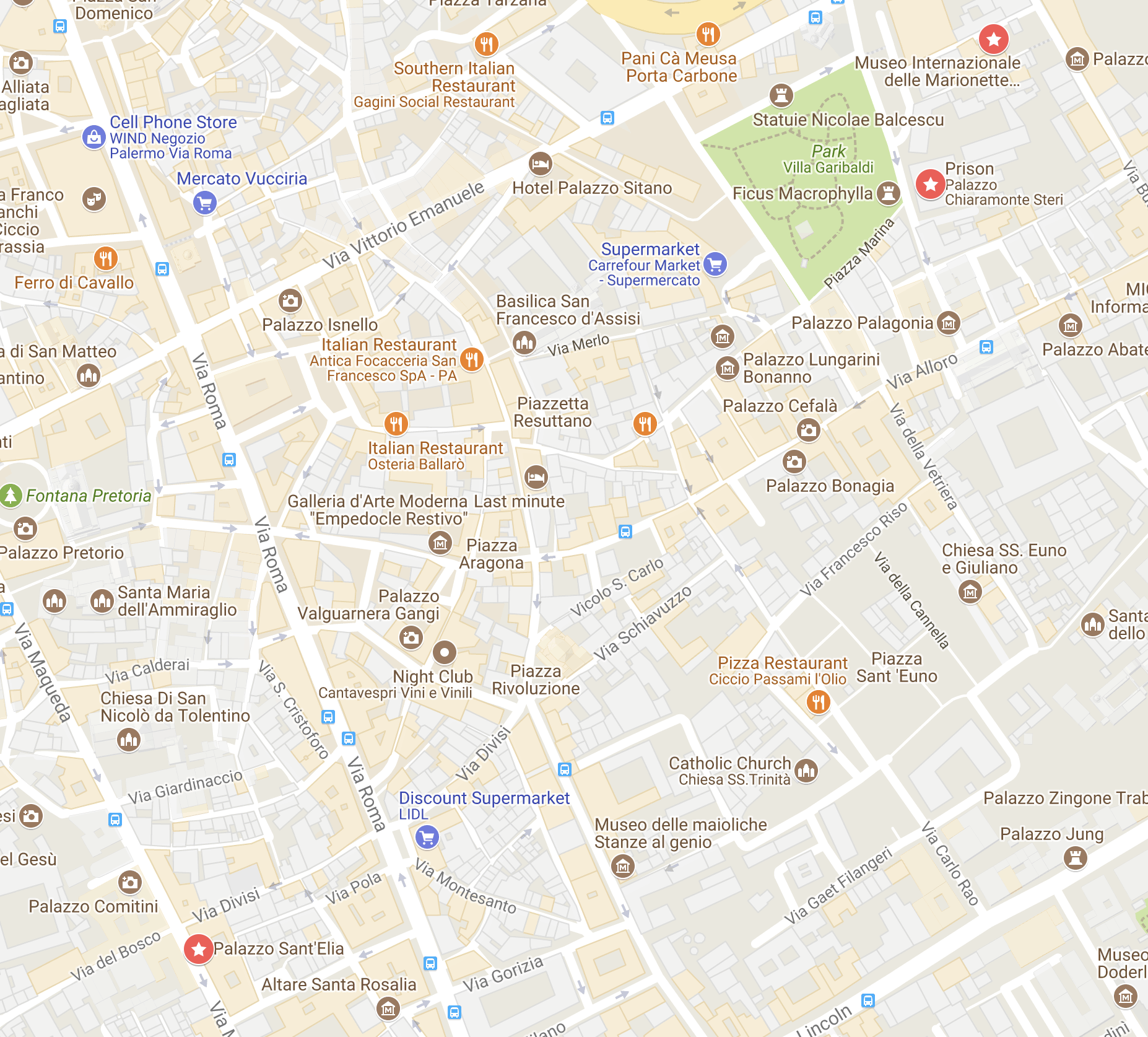MUSEO DELLE MARIONETTE
Panel 12: Moors, Blackamoors and Blackface
Moderator: Shelleen Greene
Panelists:
Eileen Ryan – Temple University
Blackness in Italy: Race and Belonging in the Risorgimento
In 1848, a formerly enslaved black man died while fighting alongside Garibaldi in Rome. The life of Andrés Aguiar—or Andrea “il moro”, as he was popularly known—has not been forgotten; after all, there is a stairway named in his honor in the Roman neighborhood of Trastevere. But his story, like those of so many coded as non-white in the Italian peninsula, remains at the margins of popular memory. By centering on Aguiar, my paper explores what it meant to be black and born into slavery in nineteenth century Italy. What can he can tell us about race and the construction of italianità in the movement for national unification? In my larger project, I am intent on highlighting black stories in key moments of Italian history to provide a longer historical context for the existence and experiences of black bodies in modern Italy.
Ramatu Musa – Luzern University
The Blackamoor Brooch
Beginning in the 1920s, elite European jewelers such as Nardi, Cartier, and Verdura designed luxury brooches featuring Blackamoor imagery for a clientele that included royalty, society mavens, movie stars, and industrialists. For example, Palermo native Fulco Santostefano della Cerda (1898 – 1978), Duke of Verdura, specially designed two embracing pairs of bejeweled Blackamoor brooches for a prominent American socialite. This ornamental use of the Blackamoor figure in high-prized jewelry has a more complex history that goes beyond its sartorial glint. With its charcoal complexion, physiognomy, and pseudo-Oriental turban, the Blackamoor is a conflation of the Arab, the Black African, and the Muslim. The coded visual language seen in opulent Blackamoor brooches references past and continuous histories of race-based exploitation, appropriation, and marginalization.
Angelita Reyes – Arizona State University
From Harlequin’s Domino Mask to the Masque of Blackface: Representation, Performativity, and “Demasking” Blackface
While there is the “inherent nobility” of Harlequin who originally performed in the Commedia dell’arte of the 16th century, that theatrical image transfigured into the ignoble representation and performativity of racialized blackface or the off-stage and on-stage black minstrel figure. Through the intersections of 19th century slave trading routes that influenced Mediterranean cultures, Renaissance portraiture, colonialism, and the visible legacies of slavery and racism, blackface results in contempt and disparagement of the black body. This research critiques blackface performativity visualized by gender-specific historical
characters within the “oceans” of the African Diaspora. I discuss from a set of interdisciplinary theoretical approaches, ways in which blackface assumes implicit racialized bias that inevitably impacts sites of global cultural and population migrations. Subsequently, I investigate ways in which we can “demask” the visual antics and implicit social cognition of demeaning blackface performativity in order to advance human dignity and the integrity of social transformation.
Carlton Wilkinson – Wilkinson Arts
The Blackamoor, Black Jockey, and the Scarecrow
This presentation makes comparisons with various iconographies in traditional cultures, such as, the Blackamoor statues in Florence, Italy to the Black Jockey figures that "adorn" the front yards of southern homes in the United States. What is the function of these types of symbols, which could be addressed alongside the Scarecrow figure that sits in the middle of American cornfields? Are they symbols of protection from outside forces and/or items of empowerment, i.e., protection and privilege? Or are they merely greeting symbols that represent the ideology of its caregiver/owner? It is my goal to dissect the meanings of these and other iconography from ancient to modern day cultures.
Robert Holmes – New York University Africa House Advisory Board
Naked in the Palace
The paper is an analytical interpretation of a photograph by Lyle Ashton Harris, "Untitled, Blackamoor Study #7" (2015), in which a frontally naked Black man stands at the top of a balustrade of a grand palazzo in the presence of a magnificent female Blackamoor bust whose theoretical gaze rests upon him. The paper discusses the manner in which this audacious presence of a current day Black male figure in this context relates to the former perception of Black people in Italy and Europe and the manner in which that perception may affect the present issue of Black immigration into European countries.
Mônica Cardim – Photographer
Blackness and Whiteness: Black Bodies in Racial Concepts
The proposal “Blackness and Whiteness: black bodies in racial concepts” aims to present some results of my theoretical and practical studies on the relationship between identity and power in ethnographic portraits of Afrodescendant people produced by European photographers in nineteenth century Brazil. In this article we will discuss aspects that characterize, visually and theoretically, the concepts of Blackness and Whiteness in twenty-one century Brazil, from an afrodiasporic approach on the hierarchical racialization of humanity, consolidated in the nineteenth century. It is the theoretical production in dialogue with the creation of a photographic essay on the possibilities of representation that materialize what it is to be black or white in contemporary Brazilian society. For this we start from the theoretical assumption that the photographic picture can be both a resource of domination, associated with the idea of differentiation, as well as resistance, identity construction or insertion into social groups.
